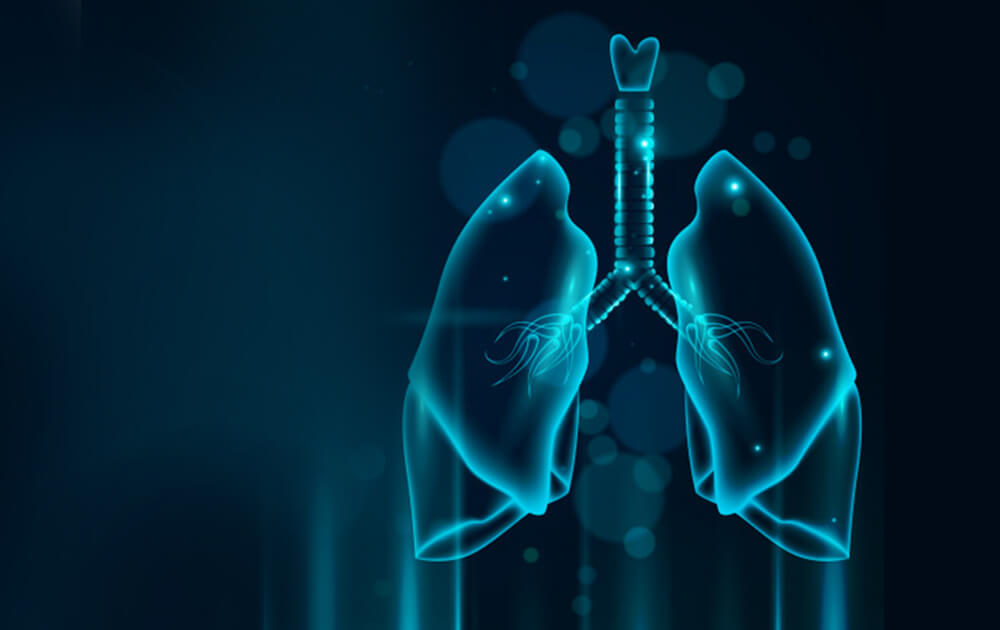IIT Kharagpur deveops diagnostic tools for interstitial lung diseases and lung cancer
Researchers at the Department of Electronics and Electrical Communications, IIT Kharagpur have recently developed a decision support system to diagnose cancerous tumors and other diseased tissues in human lungs. While one system can refer to CT scan images to detect lung nodules and test them for the possibility of malignancy, the second software can detect interstitial lung disease patterns in chest HRCT images. The team has successfully tested both software systems at AIIMS, New Delhi with a success rate higher than 80%.
The advantages of these newly developed systems include their use of non-invasive and comparatively affordable methods of image analysis that would aid the radiologists to identify malignancies by reading growth in the lung nodules. The system can also identify interstitial disease patterns in HRCT images showing the lung tissue texture. Another added benefit is that the reference point is India centric, i.e. the medical images can database used for reference is taken from the Indian patient population. Data has been taken from PGIMER Chandigarh; mainly biopsy cases and foreign database such as LIDC-IDRI and MedGIFTILD have been used.
The malignancy detecting tool detects a lung nodule, segment the nodule and provides a way to modify segmentation, retrieve similar nodules from the database with their report assess the chances of malignancy of the nodule in question based on the retrieval results. The ILD tool is developed by incorporating feedback from expert radiologists to make it easy to use for non-techsavvy clinicians. The software has important modules like automatic segmentation of lung boundary, retrieval of similar segments from the database with their report and assess the probability of the pathological segment to be a particular ILD category based on the data retrieved. The mapping of disease is performed by doctors based on the ILD pattern and clinical inputs.
At present, the lung nodule detection rate and classification rate is 86% and 87%, respectively.The success rate for ILD classification is 84%. The researchers are working to further improve to conduct clinical trials on bigger sample sizes. The report has been published in more than13 International Journals and19 International Conferences in various stages of its development.
SOURCE: www.inshorts.com

